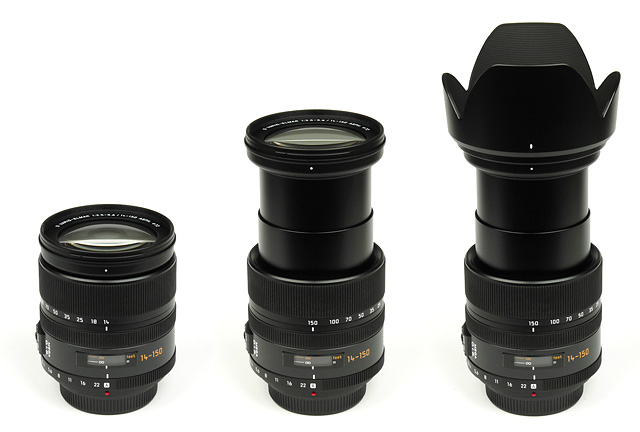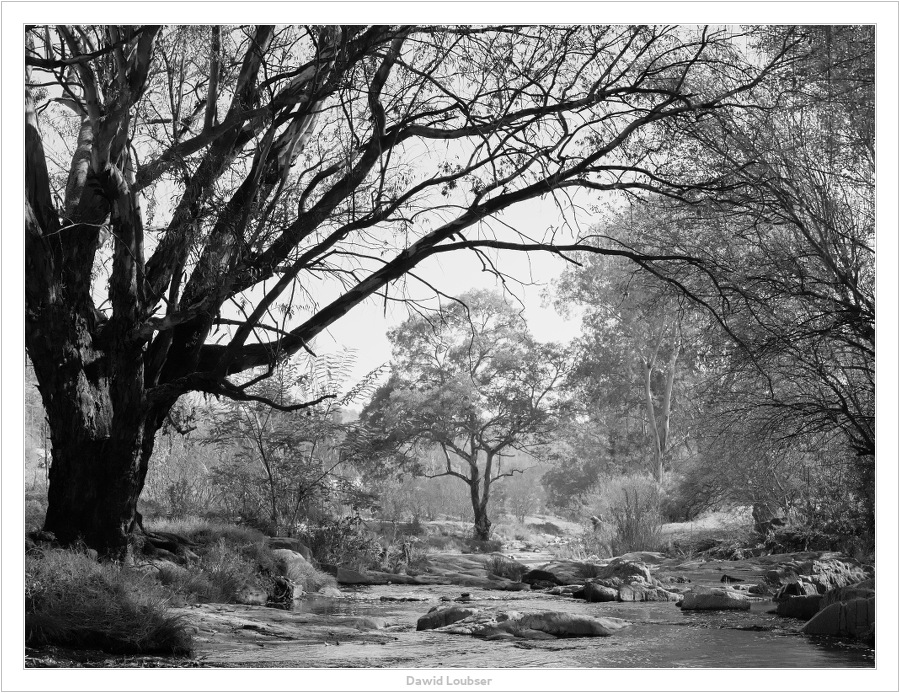Dawid,
What would really interest me would be a similar quality 4/3 lens that would be equivalent to 70-300mm in 35mm format. That would allow street photography in a mall without looking too out of place. The size makes the us appear more tourist-like.

Asher
*sorry if taking this thread more off-topic*
Well now, that is a tall order

The 14-35/2.0 is so good precisely because it's so large compared to the image sensor. There are no other zoom lenses with the same quality as the trio of Olympus Super High Grade zooms (7-14 f/4, 14-35 f/2, 35-100 f/2), but if you are looking for a great quality and comopact superzoom for the Four Thirds system, I think the best option is the Leica D Vario-Elmar 14-150mm lens:
This has a pretty good reputation, and it's really small. It's a premium product, unlike most other super zooms. However, it will not approach the performance of the 14-35mm f/2.0 - but for street photography, that's not usually very important. Shallow depth of field will not be a possibility though.
I just made a large print of this hand-held landscape with the 14-35 at f/4.0 (where it hits peak performance):
I have to admit that, when it comes to large prints, only when I use Ilford Pan F or finer on my Mamiya RB67 (6x7cm), or when I shoot 4x5in, do my film prints become comparable in detail and microcontrast. The Four Thirds lenses have changed how I look at digital printing, much though I prefer my analogue prints for the "look".
Back on topic for this thread - does anybody have some nice sample images from the new Canon 35mm f/2.0 to share here? (black and white would be preferable for my tastes)


